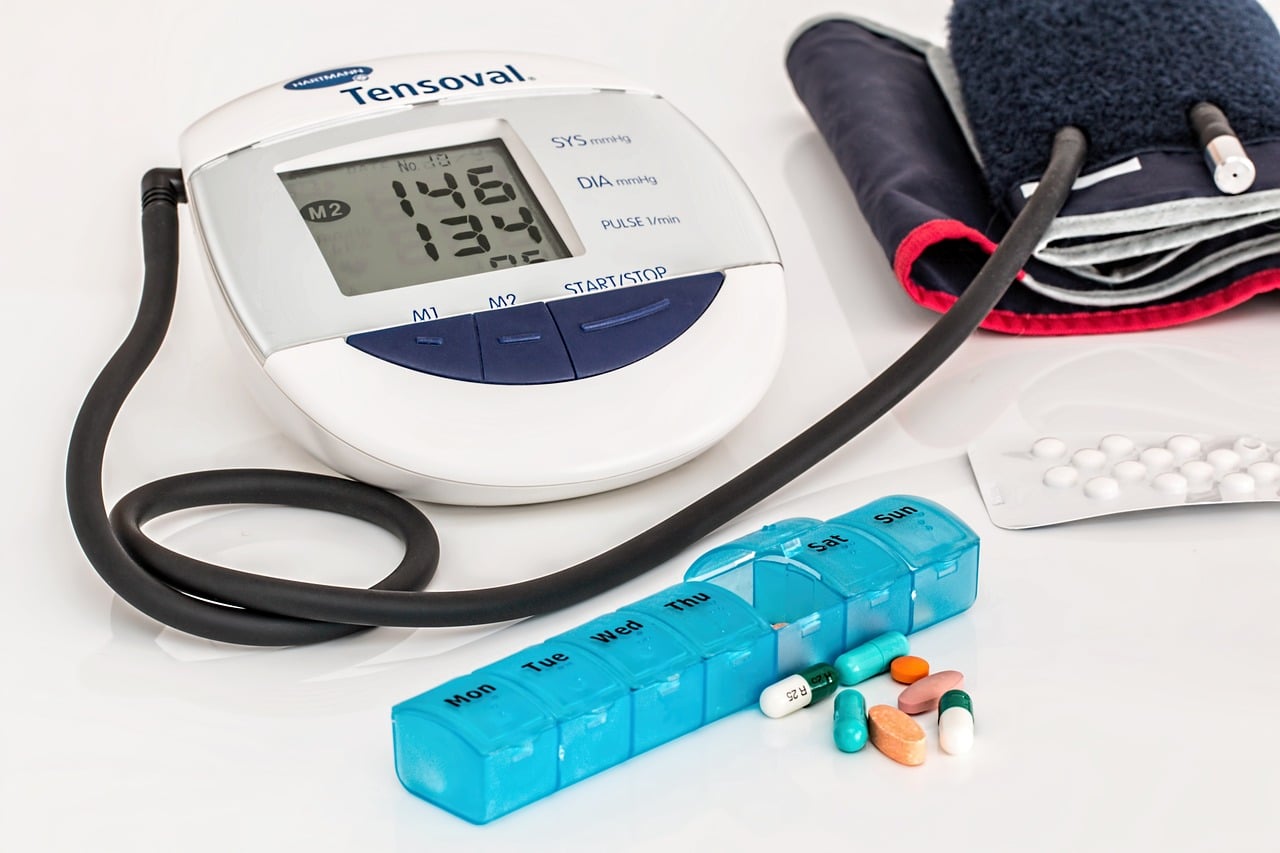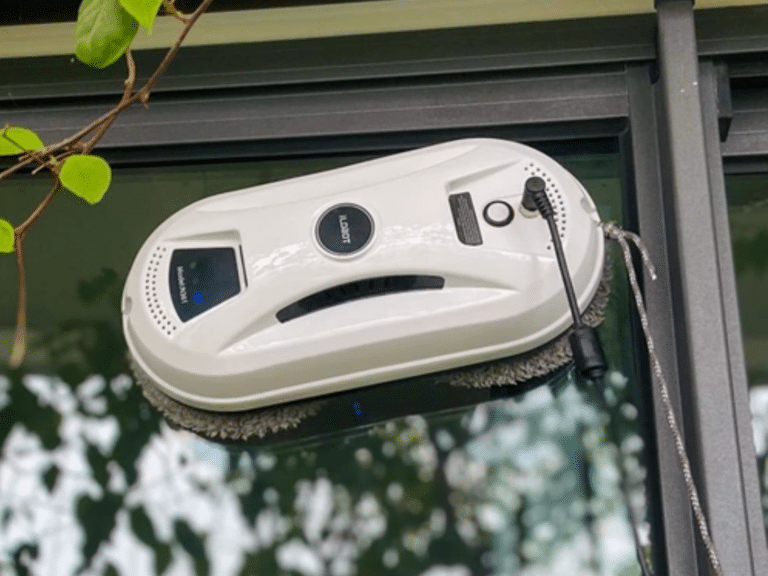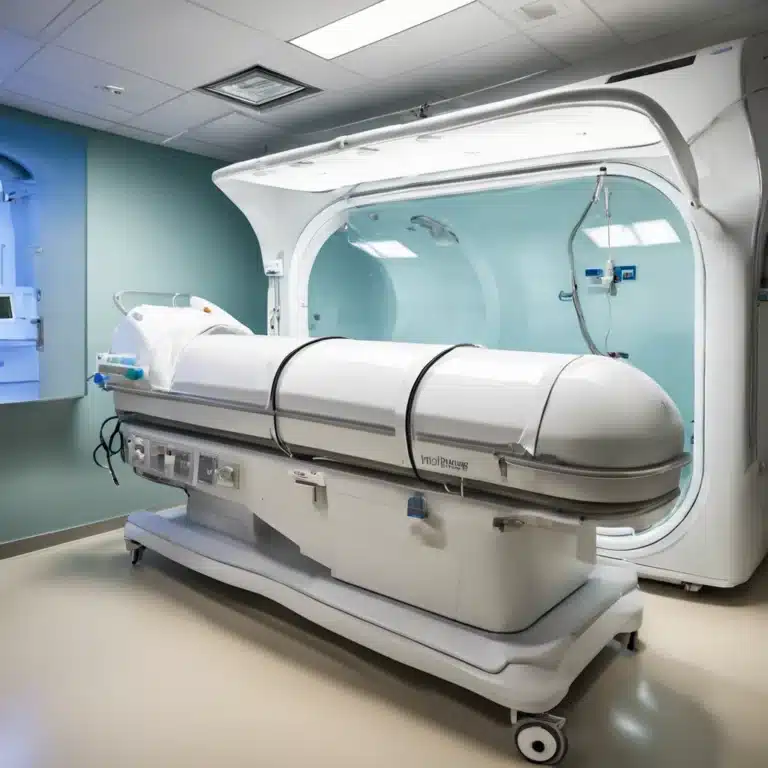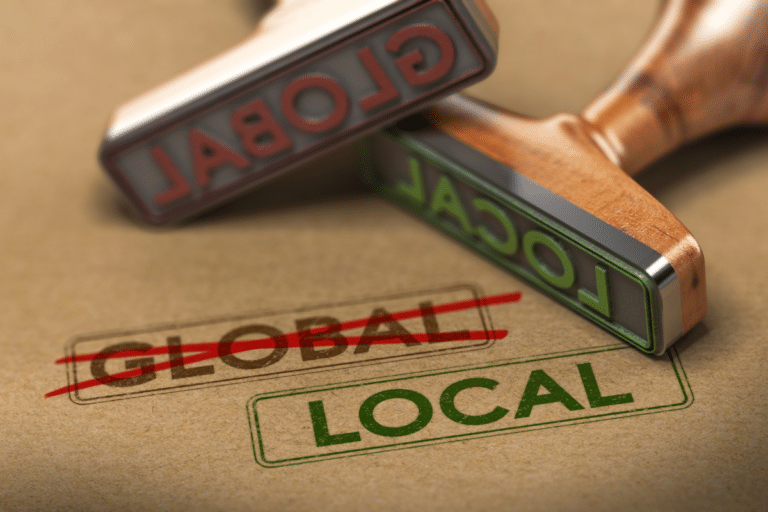Introduction
In the intricate web of healthcare, accurate communication is a linchpin, and when it comes to diverse linguistic landscapes, translation becomes paramount. This holds especially true for Japan, a country with a rich healthcare system and a unique set of medical terminology. In this article, we delve into the world of medical translation, focusing on the challenges and nuances of translating Japanese healthcare terminology.
The Significance of Accurate Medical Translation
Ensuring precision in medical translation goes beyond linguistic competence—it’s a matter of patient safety and legal compliance. Imagine a scenario where a crucial medical term is mistranslated; the consequences could be dire. From prescription errors to misdiagnoses, the impact reverberates through the entire healthcare ecosystem.
Challenges in Translating Japanese Healthcare Terminology
The Japanese language, with its intricate characters and cultural subtleties, poses specific challenges for translators. Medical terms often have nuances deeply rooted in Japanese culture, making it imperative for translators to not just understand the language but also the cultural context within which it is embedded.
The Role of Professional Translators in Medical Settings
In the realm of medical translation, being bilingual is not enough. Professional translators operating in healthcare settings must possess a profound understanding of medical terminology and concepts. A lack of expertise can lead to misinterpretations that may compromise patient care.
Key Considerations in Translating Medical Documents
Beyond linguistic accuracy, context is key in medical translations. Translators must grasp the intended meaning behind the words, considering the cultural and medical context. Moreover, knowing the target audience—whether it’s healthcare professionals or patients—plays a crucial role in crafting effective translations.
Cultural Sensitivity in Medical Translation
Medical information is often sensitive, and cultural differences can significantly impact how information is received. Translators must navigate cultural nuances delicately, ensuring that the translated content respects cultural norms while maintaining clarity and accuracy.
Common Errors in Medical Translation
Mistranslations in medical documents are not merely semantic issues; they can have serious consequences. From dosage errors to miscommunications about treatment plans, the potential for harm is substantial. Avoiding common errors requires vigilance and a deep understanding of both languages involved.
Adapting to Evolving Medical Terminology
The language of healthcare is dynamic, with new terms constantly emerging. Translators need to stay abreast of evolving medical terminology to provide accurate translations. This involves continuous learning and collaboration with healthcare professionals to understand the latest developments in the field.
Training and Certification for Medical Translators
Recognizing the critical role of medical translators, various training programs and certifications have emerged. These programs not only enhance linguistic skills but also ensure a solid understanding of medical concepts. Employing certified translators adds an extra layer of credibility to medical translations.
Technology in Medical Translation
The integration of AI tools in medical translation has been transformative. While these tools can assist in tasks like terminology research, human translators remain indispensable for nuanced understanding and context. Balancing technology with the human touch is crucial to maintaining translation accuracy.
Best Practices for Translating Japanese Healthcare Documents
Successful medical translations often result from collaboration between translators and healthcare professionals. Regular communication ensures that the translated content aligns with the intent of the original text. Attention to detail and a commitment to accuracy are paramount in this collaborative effort.
Case Studies: Successful Medical Translations
Examining real-world examples of successful medical translations highlights the positive impact on patient care. From simplifying complex medical jargon for patients to ensuring accurate communication between international medical teams, these case studies showcase the tangible benefits of precise medical translation.
Patient-Centric Translation Services
The language used in medical documents should be accessible to patients. Patient-centric translation services focus on delivering information in a way that is easily understood, fostering better communication between healthcare providers and patients of diverse linguistic backgrounds.
Future Trends in Medical Translation
As technology advances, the future of medical translation holds exciting possibilities. From AI-driven instant translations to virtual collaboration platforms for international medical teams, the landscape is evolving. Staying ahead in the field requires adaptability and a keen eye on emerging trends.
Conclusion
In the complex world of medical translation, accuracy is not negotiable. A mistranslation can have cascading effects, impacting patient outcomes and legal standing. As we navigate the intricacies of translating Japanese healthcare terminology, the importance of linguistic expertise, cultural sensitivity, and collaboration between translators and healthcare professionals becomes evident. It’s a journey towards not just linguistic accuracy but also ensuring that the message transcends cultural and medical boundaries for the betterment of global healthcare.
Frequently Asked Questions (FAQs)
Accurate medical translation is crucial for patient safety, legal compliance, and effective communication in the healthcare sector.
Cultural differences can impact how medical information is received. Translators must navigate these nuances to ensure effective communication.
Technology, including AI tools, assists in tasks like terminology research, but human translators remain essential for nuanced understanding.
Patient-centric translation ensures that medical information is presented in a way that is easily understood by patients, fostering better communication.
Continuous learning, collaboration with healthcare professionals, and participation in relevant training programs and certifications are key.











